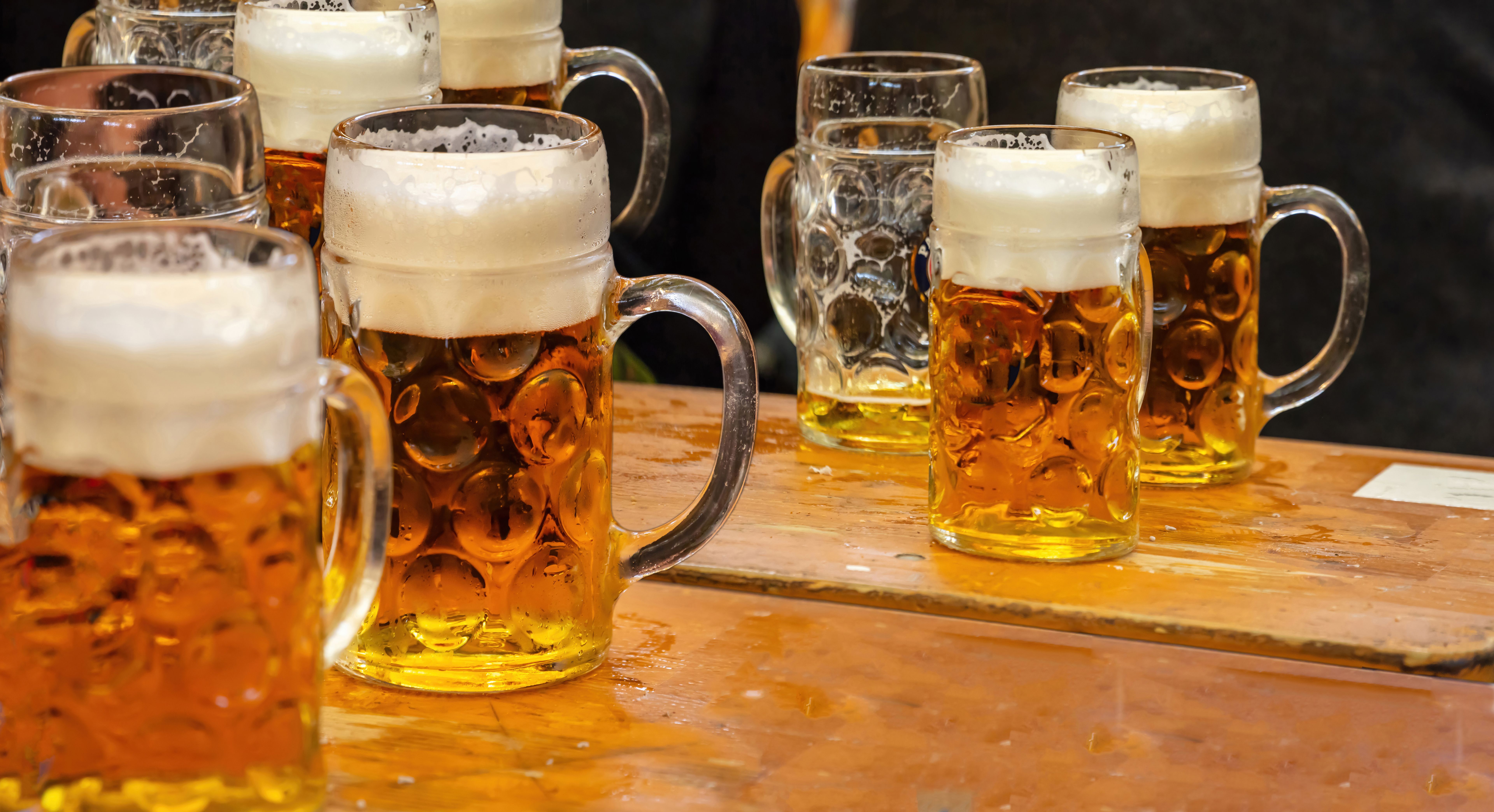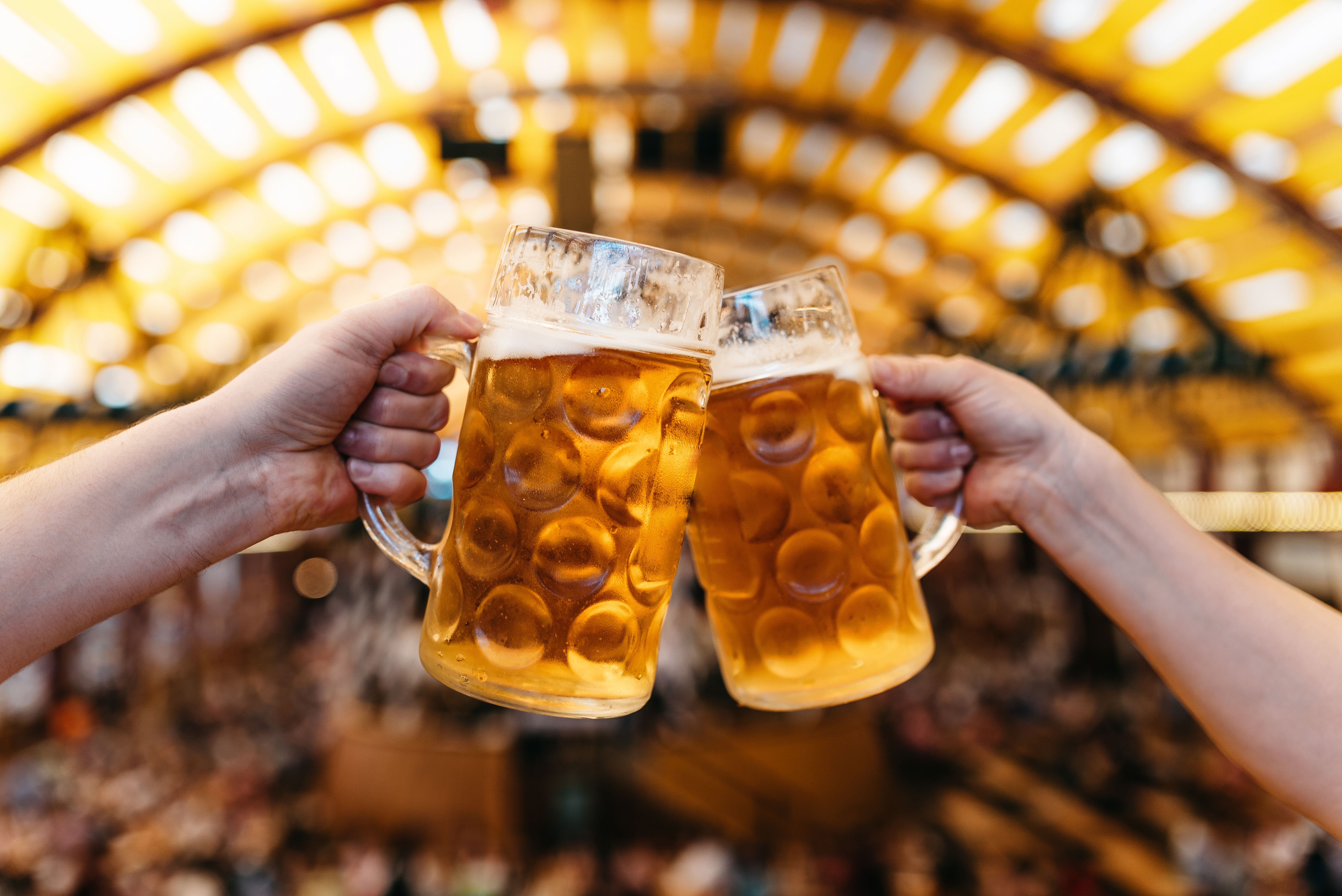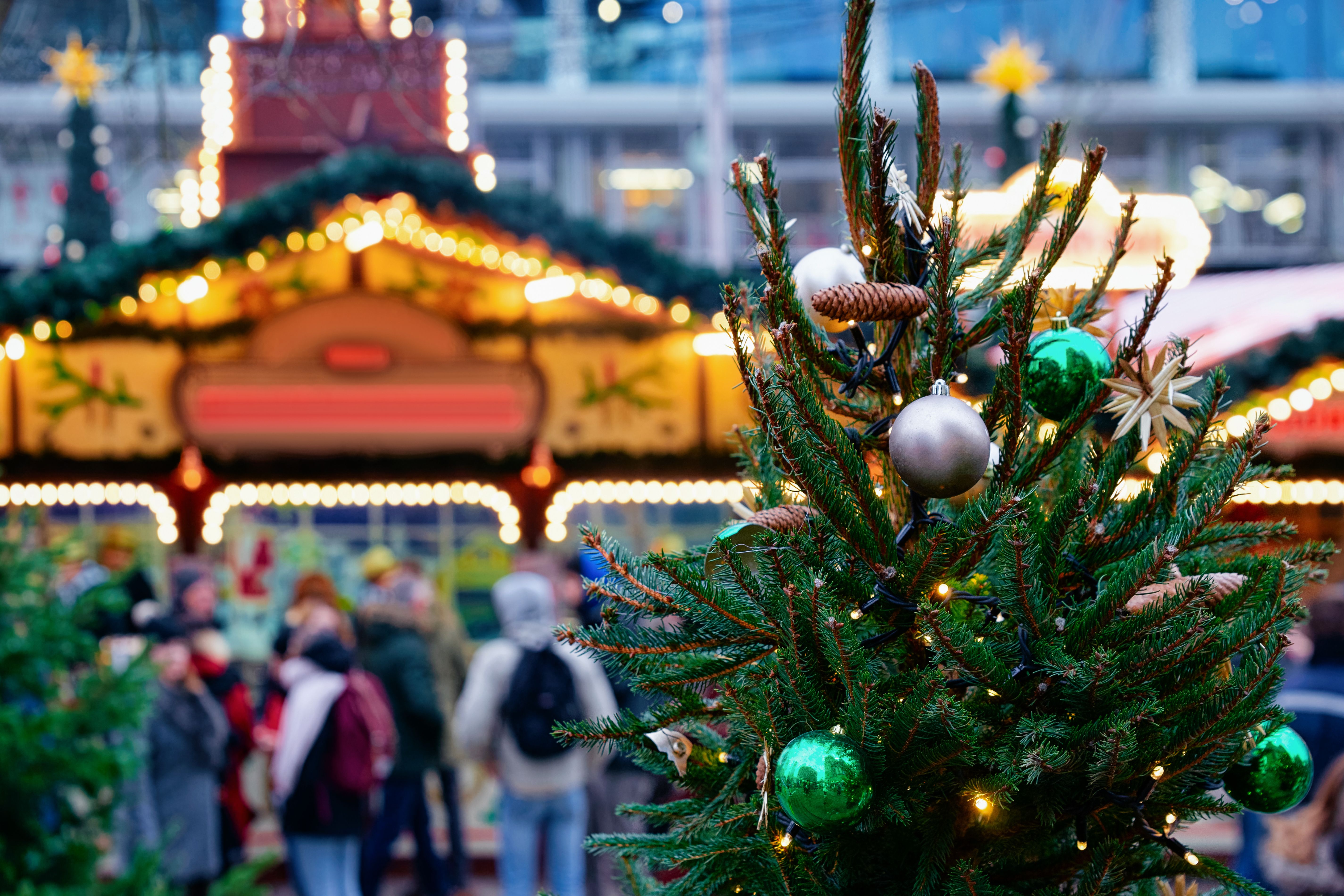The Rich Flavors of German Seasonal Beers
The Tradition of German Seasonal Beers
Germany is renowned for its rich brewing heritage, and its seasonal beers are a testament to centuries-old traditions combined with innovative brewing techniques. These beers not only reflect the changing seasons but also showcase the diversity and creativity of German brewers. From the refreshing light ales of spring to the hearty, robust flavors of winter, each season brings a unique taste experience.
German seasonal beers are crafted to match the flavors and moods of each time of year. This practice has deep roots in the country's brewing history, where different ingredients and brewing methods were utilized based on what was available during specific seasons. Today, these seasonal offerings continue to play a significant role in German beer culture.

Spring: A Time for Renewal
As the chill of winter fades, German brewers celebrate the arrival of spring with beers that embody freshness and renewal. Bockbier, particularly Maibock, is a popular springtime choice. This strong lager is known for its malty flavor, balanced by a slight hop bitterness, making it a perfect companion for the blossoming season.
Another spring favorite is Berliner Weisse, a tart wheat beer often served with a splash of raspberry or woodruff syrup. Its light and effervescent nature makes it ideal for enjoying under the newly blooming trees, offering a refreshing contrast to the heavier beers of winter.
Summer: Refreshing Brews Under the Sun
Summer in Germany calls for beers that are as vibrant and lively as the season itself. Hefeweizen, a classic wheat beer with fruity and spicy notes, is a staple during this time. Its refreshing qualities and high carbonation make it perfect for hot summer days. Many beer gardens across Germany serve this beer with a slice of lemon to enhance its natural flavors.

Radler is another summer favorite, blending beer with lemonade or citrus soda to create a low-alcohol, thirst-quenching beverage. It's particularly popular among cyclists, as its name suggests, providing a light and refreshing option for outdoor adventures.
Autumn: Celebrating Harvest with Rich Flavors
Autumn marks the celebration of the harvest season, and German brewers embrace this time with beers that are rich and full-bodied. Märzen, also known as Oktoberfestbier, is synonymous with autumn celebrations. This amber lager boasts a malty sweetness with a clean finish, making it the star of many Oktoberfest festivities.
During this season, you might also encounter Dunkelweizen, a darker version of traditional wheat beer. Its caramel and chocolate notes offer warmth as the days grow cooler, highlighting the transition from summer's lightness to winter's robustness.

Winter: Embracing Hearty and Robust Brews
Winter in Germany brings forth beers that are as hearty and robust as the season demands. Doppelbock is a winter classic that provides rich malt flavors combined with higher alcohol content to offer warmth against the cold. Its deep color and smooth texture make it an indulgent choice during the holiday season.
In addition to Doppelbock, Weihnachtsbier or Christmas beer is brewed specifically for the festive season. These beers often feature spices such as cinnamon and cloves, adding a festive aroma to their rich malt base. Enjoying these special brews by a cozy fire is a cherished winter tradition in Germany.
The Cultural Significance of Seasonal Beers
German seasonal beers are more than just beverages; they are an integral part of cultural traditions and celebrations. Each beer reflects not only the flavors of its ingredients but also the spirit of its respective season. Festivals such as Oktoberfest and various Christmas markets showcase these brews alongside traditional foods, music, and merriment.

Exploring German seasonal beers offers both locals and visitors an opportunity to experience the country's rich brewing heritage in harmony with its cultural festivities. Whether you’re sipping a light Radler in a sunny beer garden or enjoying a warming Doppelbock by the fire, each beer tells a story of its time and place in German history.
Commercial Kitchen http://avice.org
